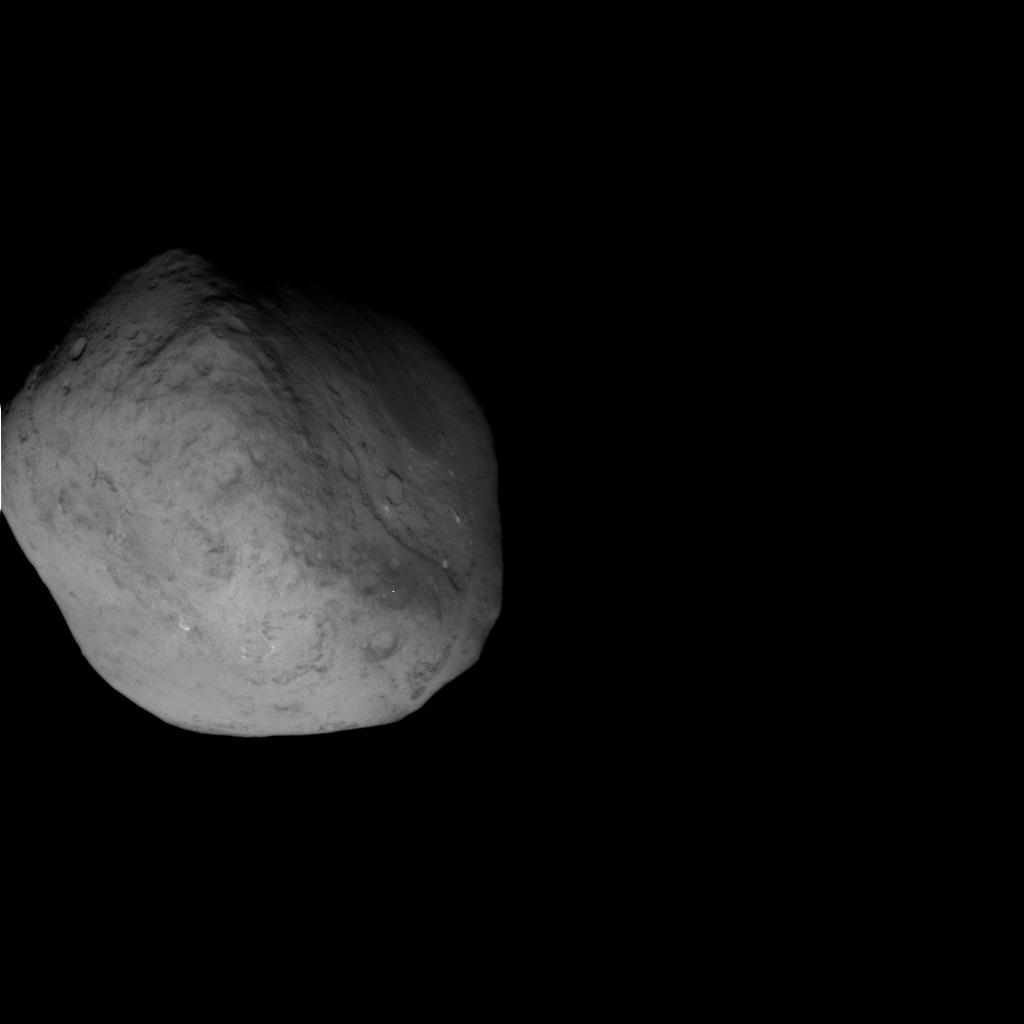Comets Data Sheet

Made of dust, ice, carbon dioxide, ammonia and methane, comets resemble dirty snowballs. You may remember them as blurry smudges in the sky. Comets orbit the Sun, but most are believed to inhabit in an area known as the Oort Cloud, far beyond the orbit of Pluto. Occasionally a comet streaks through the inner solar system; some do so regularly, some only once every few centuries.
Comet Halley
Heads and tails
As a comet nears the Sun, its icy core boils off, forming a cloud of dust and gas called a head, or coma. Comets become visible when sunlight reflects off this cloud. As the comet gets closer to the sun, more gas is produced.
The gas and dust is pushed away by charged particles known as the solar wind, forming two tails. Dust particles form a yellowish tail, and ionized gas makes a bluish ion tail. A comet's tails, like these on comet Halley, always points away from the Sun.
Meteor showers
When Earth crosses the path of a comet, even if the comet hasn't been around for a few years, leftover dust and ice can create increased numbers of meteors. For a complete explanation of meteor showers, see our meteor page.
Breaking space news, the latest updates on rocket launches, skywatching events and more!

Rob has been producing internet content since the mid-1990s. He was a writer, editor and Director of Site Operations at Space.com starting in 1999. He served as Managing Editor of LiveScience since its launch in 2004. He then oversaw news operations for the Space.com's then-parent company TechMediaNetwork's growing suite of technology, science and business news sites. Prior to joining the company, Rob was an editor at The Star-Ledger in New Jersey. He has a journalism degree from Humboldt State University in California, is an author and also writes for Medium.
